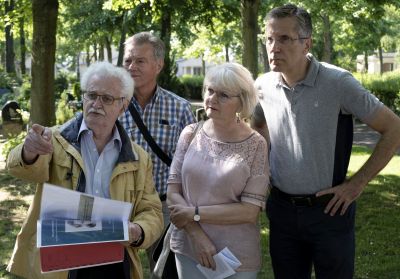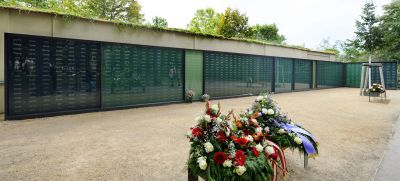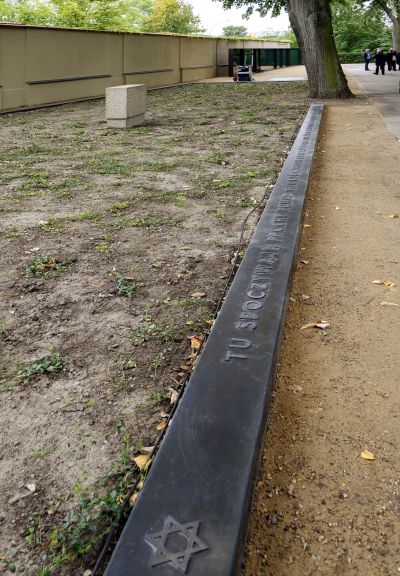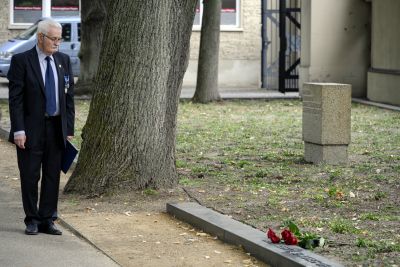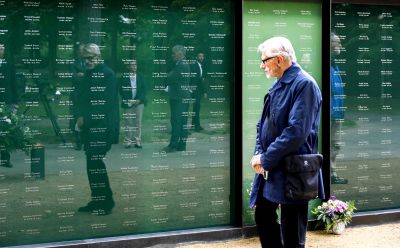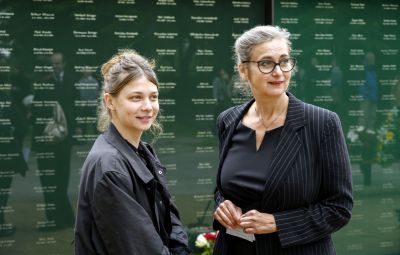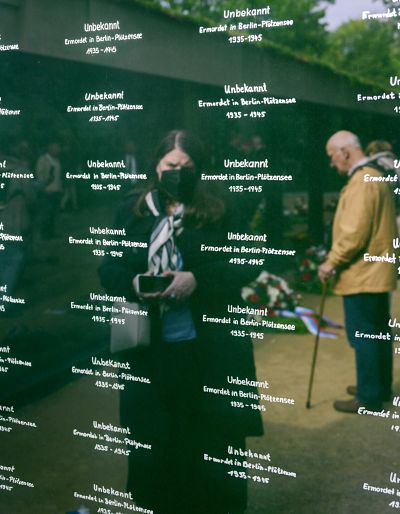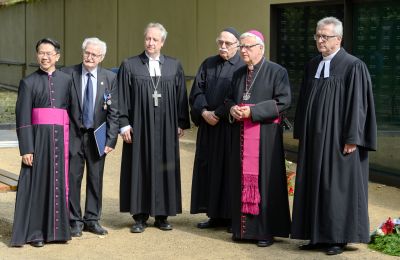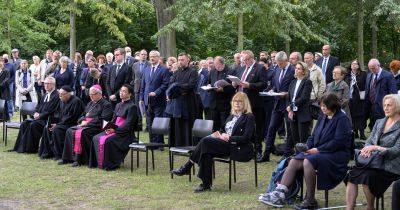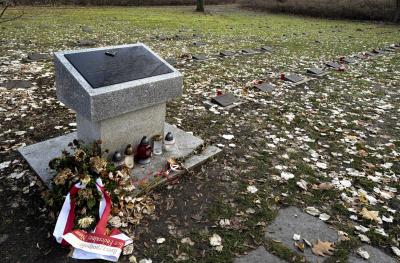REMEMBRANCE BEGINS COLLECTIVELY

It should be remembered that this Berlin necropolis holds a special meaning for us, as it is here that, along with the remains of people of other nationalities, the ashes of 430 Poles were interred - Poles who, from 1939 to 1945, were murdered in the concentration camps and prisons of the Third Reich, including Sachsenhausen and Berlin-Plötzensee.
These victims of Hitler’s reign of terror, more than 1,370 of them, were not just robbed of their lives, they were also “dehumanised” by being interred anonymously and having their memory taken away. The Protestant Bishop Christian Stäblein talked about these “murdered, anonymously buried and dehumanised” [victims] in his sermon.
In his welcoming address, which he directed to guests from Poland, he also made indirect reference to the demands made by Polish groups[1]: “I do not want to conceal the pain that many are feeling because the ashes are buried in the land of the perpetrators. I know why. I can only stand here and say sincerely: We remember, we will never forget those whose ashes lie here. Their individuality, their belief, their names, their heritage, their siblings.”
“Saving them from being forgotten. Giving the dead their identity back. Ripping them out of the vicious circle of anonymity”, that was one of the solutions submitted for the competition advertised by the Berlin Senate in 2018 that Klaus Leutner recalled in our first conversation. For the creators of the winning project, Katharina Struber and Klaus Gruber from the Arbeitsgemeinschaft struber_gruber in Vienna, a living memorial was the main impetus for the redesign of this burial site. With this in mind, they decided to look for a ‘sponsor’ for each person who was buried there. Each of them should then record in their handwriting just the name and dates of birth and death of the deceased. For them, these individual scripts, which will light up brightly in the green glass, represented the heart of the place of remembrance. They chose this form because they believed that it is the people that are alive today who are responsible for commemoration and remembrance. Thanks to the artistic architectural form of the memorial, a place of information and of remembrance was to be created which should also allow the surviving dependents to grieve properly. The realisation of the extraordinary idea was shaped by the fact that many of the next generations were involved.
[1] In my first text for Porta Polonica, I wrote about this and about Mr Woźniak’s role in the discussions about the project to redesign the burial site and about his persistent commitment to exhuming a priest or several priests and to bury them in Poland. It can be found under: https://www.porta-polonica.de/de/atlas-der-erinnerungsorte/das-bewahren-vor-dem-vergessen-der-friedhof-altglienicke-berlin
